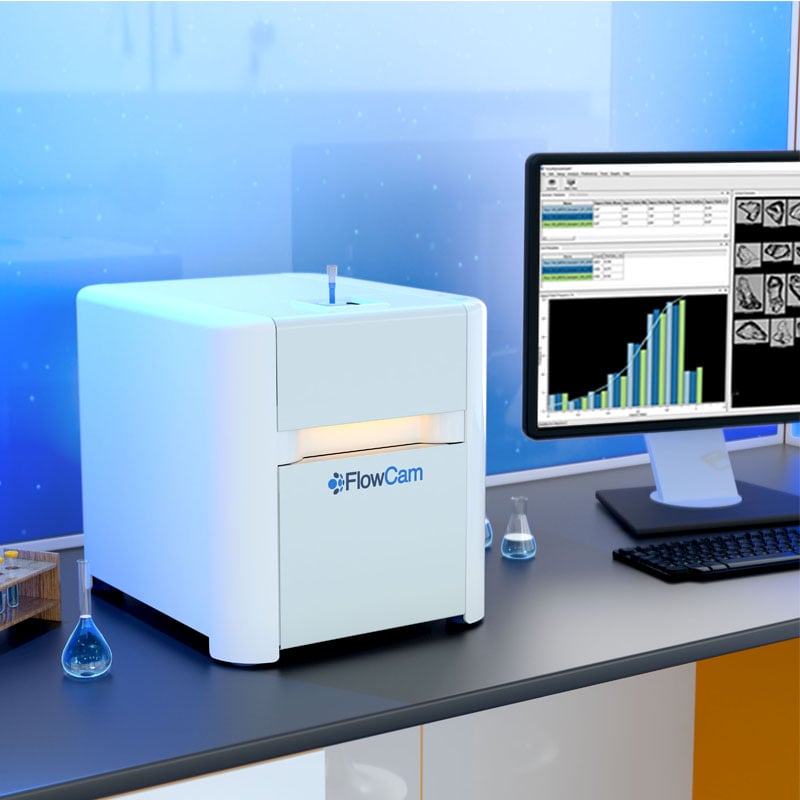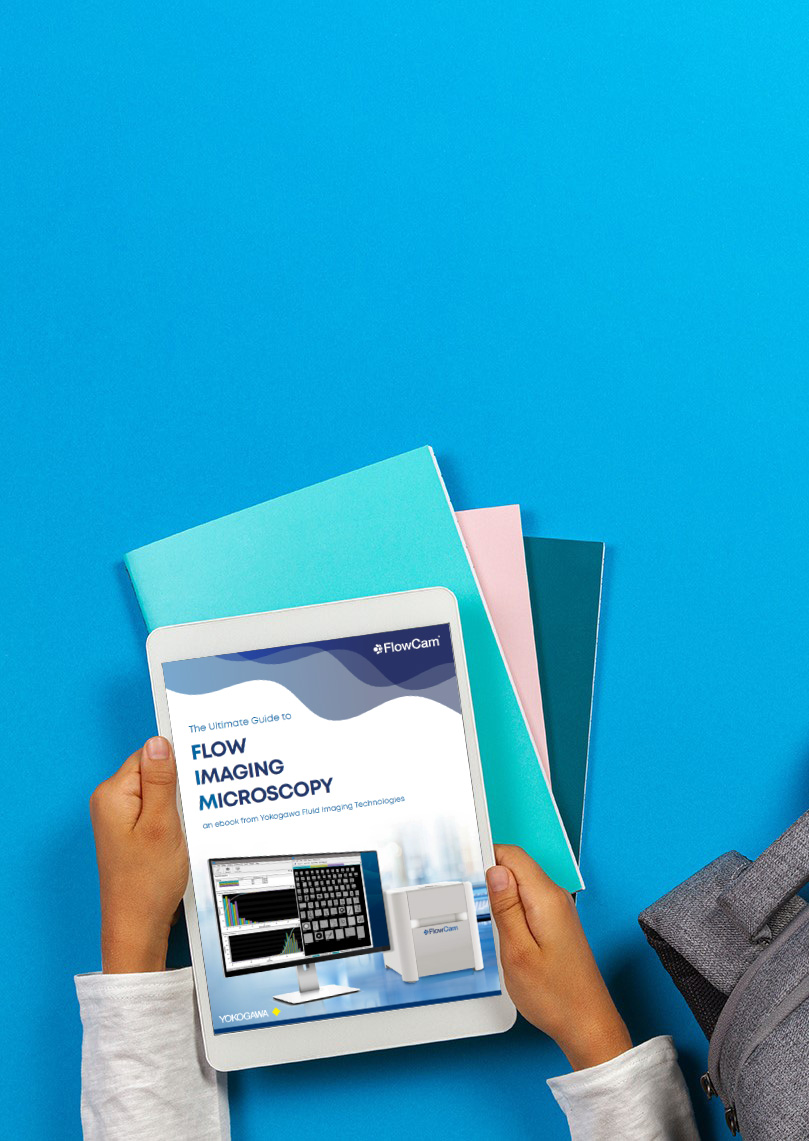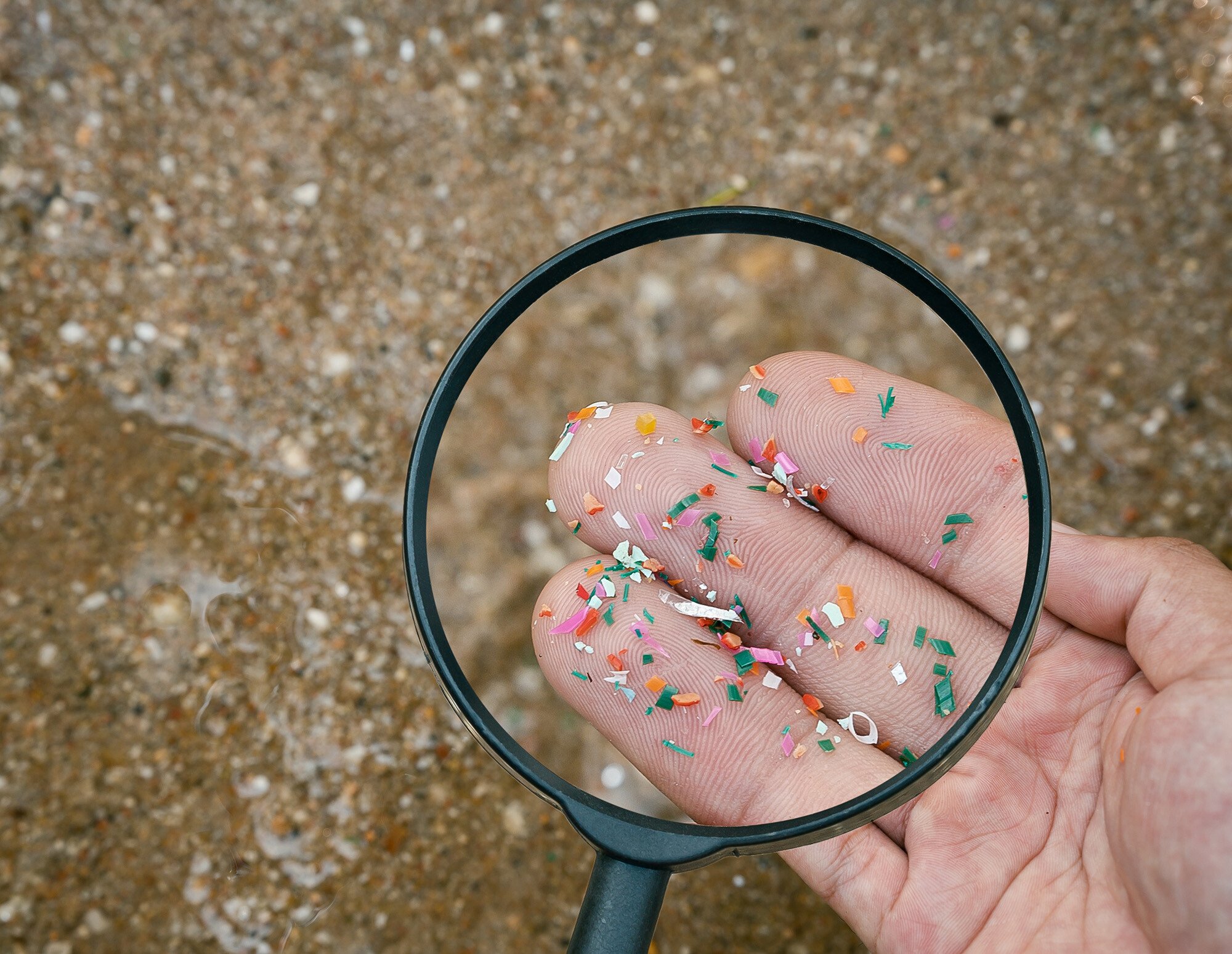
The harmful effects of microplastic pollution on the environment and human health are a growing concern that is being addressed with recycling …
Read Post
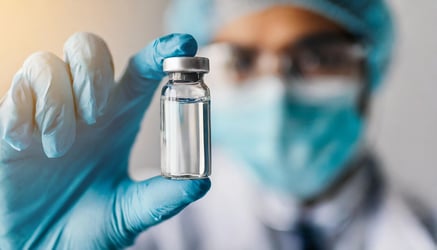
Protein aggregates in protein therapies can be difficult to monitor and measure in protein formulations due to their high transparency and irregular …
Read Post
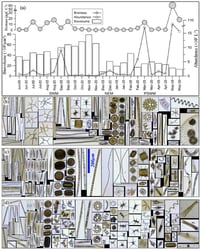
Researchers Karnan et al. have recently published the results of a study performed from 2013-14 in Estuarine, Coastal and Shelf Science. Their paper, …
Read Post

Strategies for monitoring subvisible particles in biopharmaceutical formulations are central to developing and manufacturing safe, effective drug …
Read Post

One Ocean Expeditions' vessel, Akademik Loffe, took FlowCam on a 22 day cruise with a team of scientists, students, and a film crew to study the …
Read Post
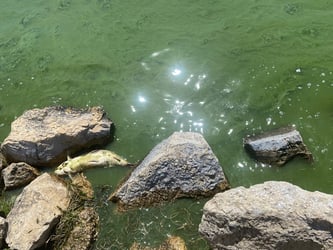
What better location for a meeting of limnologists than a city sandwiched between two lakes: Madison, Wisconsin. Madison was the perfect backdrop for …
Read Post
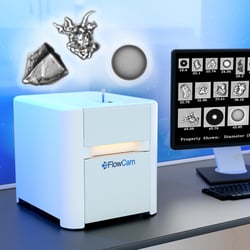
Light obscuration (LO) is currently the compendial method for quantifying subvisible particles equal to or greater than 10 µm and 25 µm in biologic …
Read Post
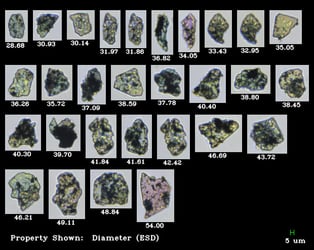
We talk a lot about FlowCam for biopharmaceutical and aquatic applications. The high-quality images resulting in detailed morphologic data are …
Read Post
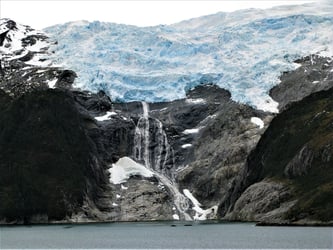
FlowCam user Jochen Wollschläger, from the University of Oldenburg in Germany, shared insights from his research expedition aboard the RV METEOR …
Read Post
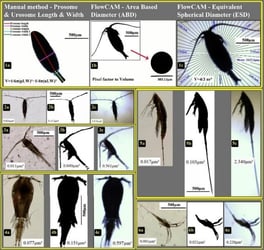
Why is FlowCam's Area-Based Diameter (ABD) More Accurate than Manual Microscopy When Measuring the Biovolume of Copepods? Aquatic scientists have …
Read Post
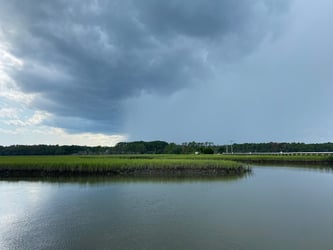
A storm is brewing off the coast of South Carolina.
Read Post
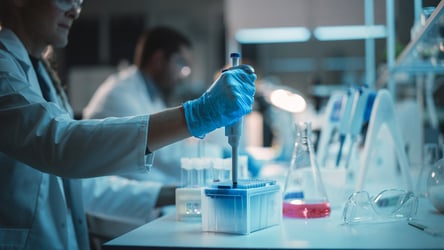
Assessing subvisible particle content is a required quality control step for biotherapeutics and other parenteral drug products. The United States …
Read Post
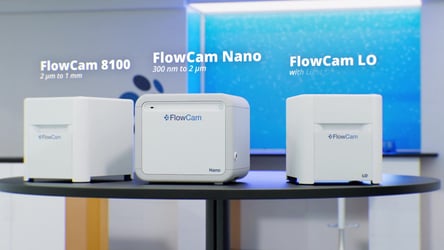
Strategies for monitoring particles in biopharmaceutical formulations are essential in the development and manufacturing of safe, effective drug …
Read Post



